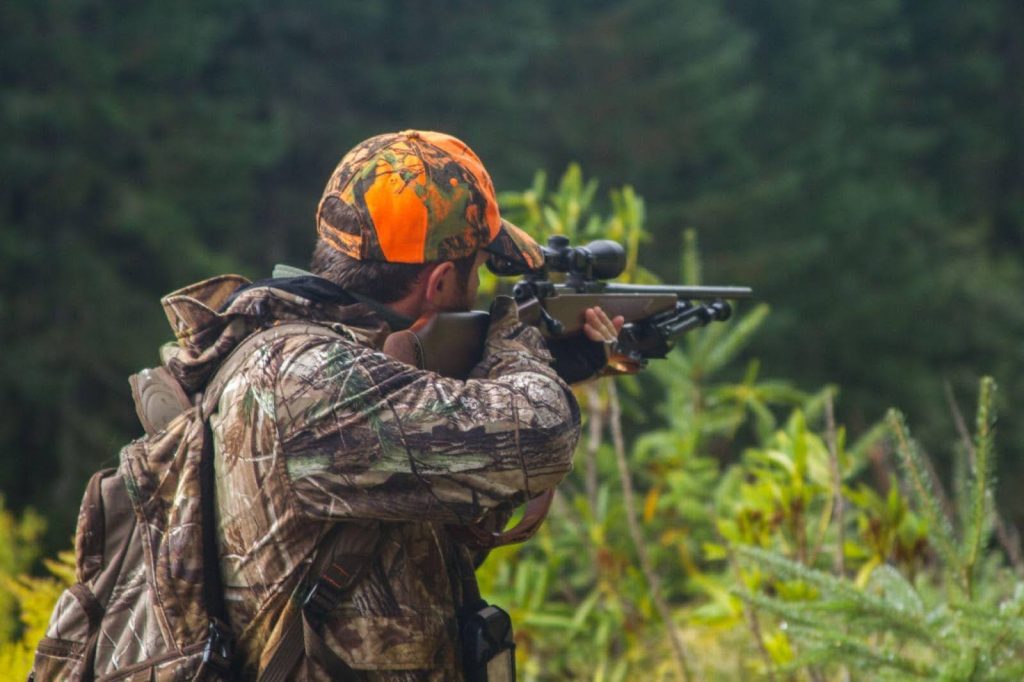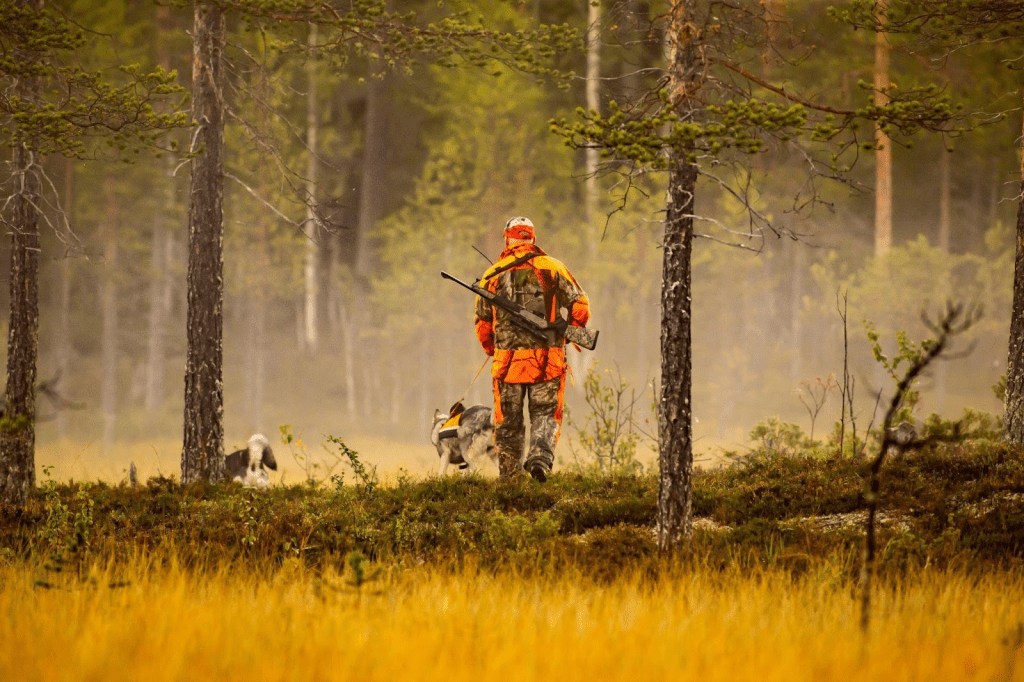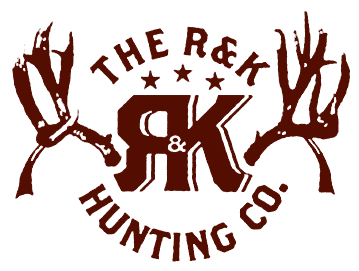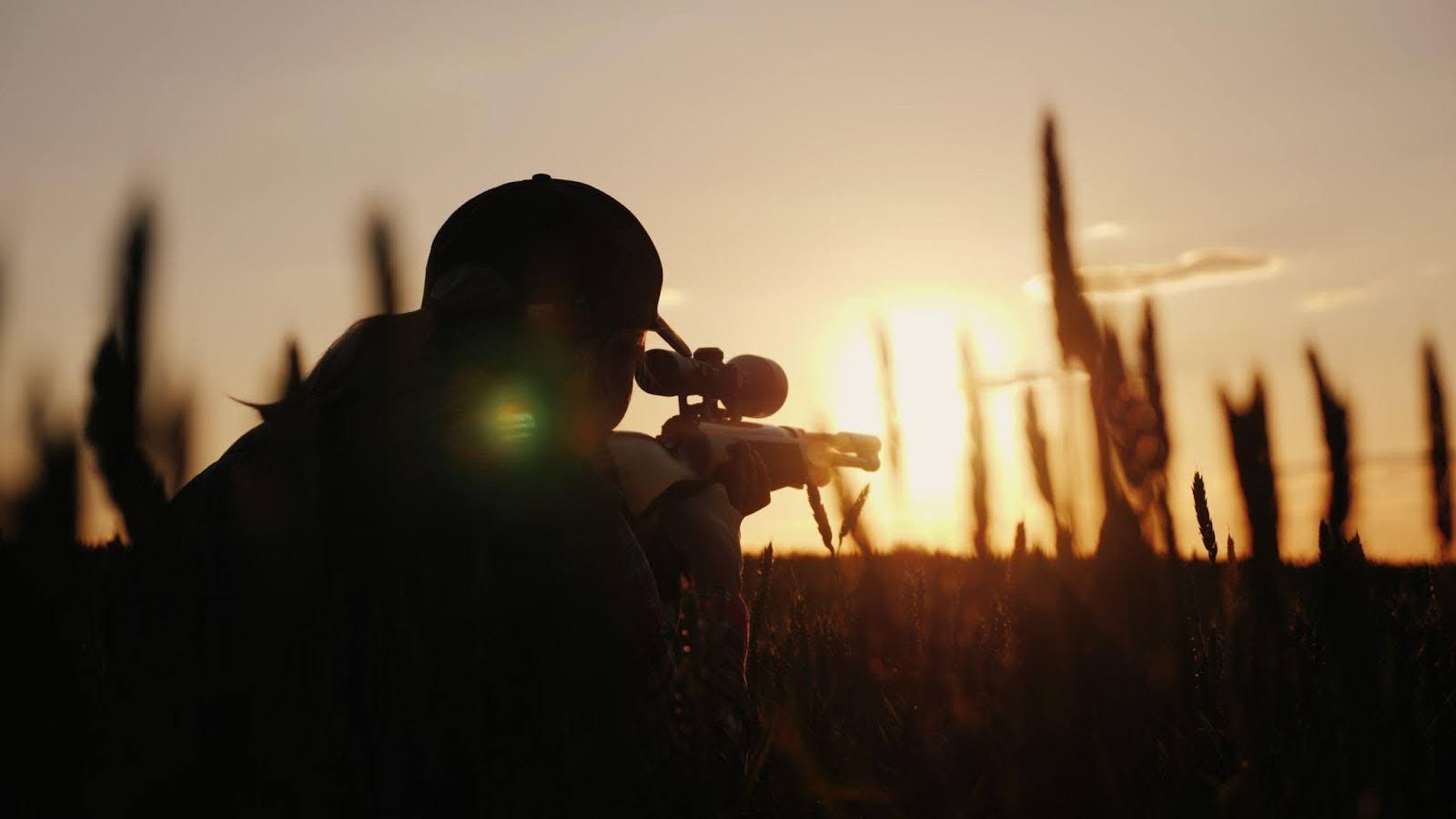A solid hunting plan sets the stage for everything that follows. Every hunt brings high stakes and the chance for an unforgettable reward.
Whether you’re elk hunting through steep backcountry or glassing for pronghorn on open prairie, the moment of truth doesn’t allow guesswork. Your level of preparation determines whether you notch a tag or head home with only a story of what could have been.
Hunters who consistently succeed don’t rely on luck. They plan every detail. From choosing the right season and unit to packing gear, training their bodies, and dialing in field tactics, they leave little to chance. A clear plan shapes your mindset, boosts your efficiency, and keeps you ready for anything the wild throws your way.
In this guide, you’ll learn how to build a strong hunting plan from the ground up. We’ll cover how to define your goals, choose the right location, pack essential gear, condition your body, scout effectively, and prepare for every contingency. Whether you’re a new hunter or ready to level up your game, these strategies will help you head into the field with clarity and confidence.
Define your hunting goals
Before you plan the logistics of your hunt, take time to define your goals. Start by choosing your target species — whether you’re elk hunting or are after mule deer, pronghorns, or bears, each hunt requires unique strategies, timing, and terrain considerations. This decision influences everything from your gear setup to your scouting plan.
Next, clarify your purpose. Are you hunting for meat to fill the freezer, chasing a trophy animal for the wall, or looking for a balanced experience that blends both? Your priorities will guide where and how you hunt and the level of effort and preparation required.
Also, decide whether you want to go solo, join a group, or hire a guide. Each option offers different challenges and rewards. Most importantly, define what success looks like to you. Whether that means harvesting an animal, learning new skills, or simply enjoying the wilderness, a clear goal keeps you focused and motivated.
Choose your location and season
Where and when you hunt shapes everything about your experience. Begin by deciding between public and private land.
Public land offers freedom, affordability, and vast hunting territory, but it often sees more pressure and competition. Private land can offer better animal density, easier access, and less stress, but it may require permission, trespass fees, or booking with an outfitter.
Next, dive into the regulations. Each state sets its own hunting rules, including season dates, license requirements, weapon restrictions, and tag quotas. Visit the state wildlife agency’s website and thoroughly study your hunt unit’s guidelines. Double-check everything from legal shooting hours to blaze orange requirements to stay compliant and avoid costly mistakes.
Draw systems and preference points also play a major role. Some units require years of planning and point accumulation, while others offer leftover tags or better odds for beginners. Research past draw odds and use that data to pick a hunt you can realistically plan around.
As you narrow your focus, factor in climate, terrain, and elevation. High country elk hunts demand serious stamina and cold-weather gear. Desert pronghorn hunts may require sun protection and long-distance optics. Remote locations offer solitude but increase logistics and physical demands. Choose a place that fits your goals and your comfort zone.

Build your gear checklist
A solid hunting plan begins with well-chosen gear. The right setup helps you stay mobile, safe, and focused when it’s time to make your move. Tailor your checklist to your hunt’s species, terrain, and season.
Pack the essentials
Choose your weapon and ensure it’s dialed in and field-tested. Bring enough ammunition or arrows, along with backup broadheads or cleaning supplies. Use high-quality optics, including binoculars and a rangefinder, to precisely spot and measure targets.
Dress in layers that include a moisture-wicking base, warm insulation, and a waterproof shell. A sturdy backpack should carry everything comfortably for long days on foot.
Carry field tools that matter
Load your pack with game bags, a sharp knife, a headlamp, and a reliable hydration system. Add survival gear like a lighter, fire starter, and emergency blanket to handle any unexpected situations.
Match gear to the hunt
Adapt your equipment to the hunt ahead. Elk hunting in cold, steep country demands insulation and grit. Pronghorn hunts call for lightweight camo and long-range visibility. Prepare for the worst weather in your unit.
Test everything beforehand
Break in your boots, confirm your rifle’s zero, and try on each layer to check comfort and fit. Practice packing and unpacking your daypack to move efficiently when time matters.
Pack with purpose
Avoid hauling excess weight. Choose versatile, durable items that serve a clear role. The lighter and smarter your load, the sharper your focus in the field.
Prepare your body and mind
A successful hunt demands more than sharp aim and good gear; it requires physical grit and mental resilience. You’ll move through steep terrain, hike long distances, and carry heavy loads.
Train your body with cardiovascular exercise and strength training to meet those demands. Focus on building stamina for elevation gains and pack-outs, especially if you’re hunting in rugged or remote areas.
Practice your shooting in realistic scenarios. Shoot from awkward angles, kneel behind cover, or take a few shots after a short sprint. Simulating pressure and fatigue in your training will help you perform better when adrenaline spikes in the field.
Mental toughness plays a key role when the weather turns, animals disappear, or the hike drags on. Use preseason challenges, like weekend hikes or weighted pack treks, to test your focus and perseverance. A calm, steady mindset often makes the difference between a missed chance and a punched tag.
Plan for logistics and contingencies
Smart logistics turn a good hunting plan into a great one. Start by confirming your licenses, tags, and any required hunter education certifications. Mistakes here can derail your trip before it begins, so review everything carefully and print physical copies as backups.
Arrange meals, lodging, and transportation well before your departure. If you’re heading into remote areas, make sure your vehicle is ready for rough roads, and pack enough food to stay fueled during long days in the field.
Create a flexible daily hunting plan. Build a Plan A, B, and C based on weather forecasts, expected hunting pressure, and game movement. Adjust on the fly as conditions shift.
Carry backup essentials like a GPS and compass, extra ammunition, fresh batteries, and fire-starting tools. Before you leave, share your itinerary with someone at home. Include details like your expected return, location, and check-in times.

Make your hunt count with R&K Hunting
R&K Hunting Company’s team of seasoned guides understands the land, the wildlife, and the work it takes to make a hunt unforgettable. Whether you’re chasing a first harvest or a lifelong dream, R&K provides the access, strategy, and support to elevate your experience.
When you’re ready to implement your hunting plan, contact R&K Hunting to help you make it count.

